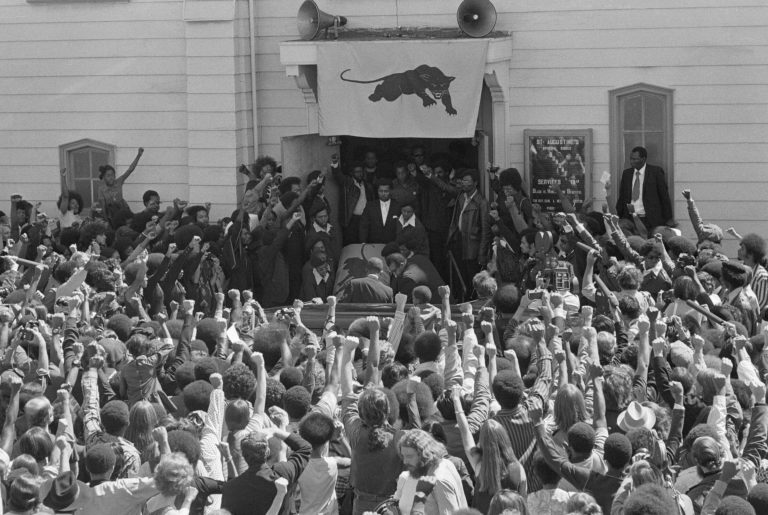Black August: We Turn Destructive Spaces Into Laboratories For Liberation
The concrete tomb they built to bury our revolution has become the very ground from which it grows. From behind these concrete walls and steel bars, where time moves differently and hope becomes a revolutionary act, I write to you about Black August — a month that prison administrators would rather see forgotten, but which burns eternal in the hearts of those who understand that freedom is not a privilege to be granted, but a right to be seized.
To understand why this resistance continues, we must first understand its origins. Black August, observed each August since 1979, commemorates the deaths of Black liberation fighters who died in prison. Particularly, Black August pays homage to Jonathan Jackson, who was killed on August 7, 1970, while attempting to liberate his brother George Jackson and other prisoners.















